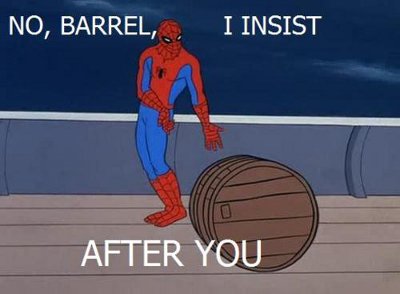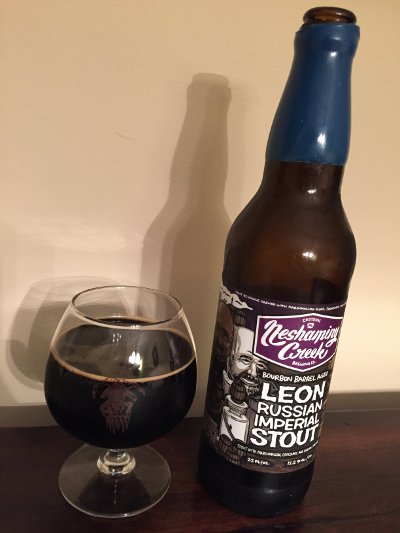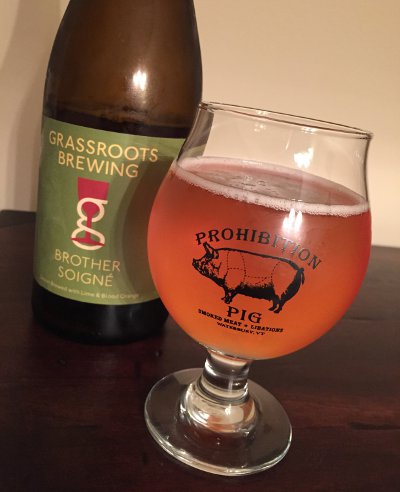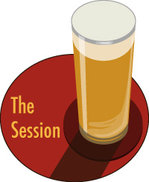 On the first Friday of every month, there's a beer blog roundup called The Session. Someone picks a topic, and everyone blogs about it. This time around, Allen Huerta wants to speculate on the landscape of beer:
On the first Friday of every month, there's a beer blog roundup called The Session. Someone picks a topic, and everyone blogs about it. This time around, Allen Huerta wants to speculate on the landscape of beer:
Our topic this month is, "The Landscape of Beer". How do you see that landscape now? What about in 5, 10, or even 20 years? A current goal in the American Craft Beer Industry is 20% market share by the year 2020. How can we get there? Can we get there?
Whether your view is realistic or whimsical, what do you see in our future? Is it something you want or something that is happening? Let us know and maybe we can help paint the future together.
That's a pretty open ended topic, so I'm just going to wank about booms and busts for a while.
I've been thinking about this lately because it seems to be an inevitable fact of society, impacting everything from financial markets to petty cultural artifacts to, yes, beer. Hardly a unique insight that I'm sure we've all noticed, from time to time. This time, it was kicked off by Stephen Thompson (of NPR's Pop Culture Happy Hour) talking about how he fell in love with country music because he was forced to listen to it whilst working at a grocery story in the late 80s. Like most of us, his initial attitude was that country music was garbage, but in being subjected to it over time, he found himself discovering a whole cadre of artists that he fell in love with (Keith Whitley, Dwight Yoakam, Steve Earle, K.D. Lang, Lyle Lovett, &c.) I guess life is good when you're discovering new music and singing along whilst toiling away in the milk cooler (apparently good acoustics in there). Later in life, he met Lyle Lovett, who speculated as to why that particular era of country was so fruitful:
I actually got a chance to talk to [Lyle Lovett] about the state of country radio in the late 80s, during this time when I was listening to it, and he was explaining that the reason so much of this stuff got on the air was because country radio was, country music was, commercially, in this huge slump and so the labels were throwing all sorts of weird things at the wall to see what would stick. And near the end of my time at the grocery store... Garth Brooks broke big and made country music incredibly, culturally powerful again. And then all these very mainstream country singers came up behind him and pushed all the Lyle Lovetts and K.D. Langs and Steve Earles and Dwight Yoakams off of the radio.
I know approximately nothing about country music, so I have no idea how valid this is, but we've all seen this pattern so many times that I have no trouble believing it. These days, much of the music he's talking about probably wouldn't even be classified as country.
But I digress, this ain't no music blog. In listening to that story, I was immediately struck by the parallels to booze. I don't know how proud of that I should be, but booze most certainly goes through regular booms and busts. Some of these are easier to parse than others. Bourbon seems to have a pretty clear cycle. There's a very inelastic supply chain in the whiskey business because it takes so long to produce and because there's such wild variability from barrel to barrel. Not long ago, there was a bit of a bust in the industry, which meant that stocks of aged whiskey were high and demand was low. This drove down price and drove up quality, and lead to insane things like Pappy Van Winkle going on a bourbon message board and begging people to buy his whiskey. For $20 a bottle. Is your head exploding yet? A decade after that post, and Pappy is impossible to find and going for $100+ a bottle (retail - on the secondary market, multiply by 10). This is a drastic simplification of the situation, of course, but it's pretty clear that bourbon was a bust not that long ago, and is booming right now, in part because the conditions of the bust formed a virtuous loop and created better product which lead to a resurgence amongst drinkers. Now? Age statements are disappearing, quality hooch is impossible to purchase, and industry giants are glomming onto cheap tactics like flavored whiskey, etc... Is another bust approaching? I don't really know. As cyclical as these things are, they can also happen over the course of decades, which makes prediction a little more difficult.
So we come to beer (finally!) We're pretty clearly in boom times for beer. The brewery count is fast approaching 4000. This is up from, um, 89 breweries in 1978, the year of my birth. What happened? In my lifetime, we've gone from a massively consolidated industry to an explosion of tiny, niche brewers. Prohibition certainly had an impact, but post-prohibition our world became enamored with what Thomas Pynchon calls the "American vice of modular repetition". Revolutions in manufacturing and transportation lead to dramatic consolidation across all industries. This sort of thing is great for winning wars (digression incoming: The German Tiger tank was dramatically superior to the US Sherman, but the Germans only made approximately 1,300 of their tank. The US made over 30,000 Shermans.) but bad for consumer choice. The mid-century ideal of beer seemed to be mass-produced light lager (the fizzy yellow stuff we're all familiar with). Who needs variety when you can produce something bland that sells in massive quantities?
The problem is that, to paraphrase Howard Moskowitz, there is no such thing as the perfect beer, only perfect beers (plural). I've written about Moskowitz before:
Howard Moskowitz... was a market research consultant with various food industry companies that were attempting to optimize their products. After conducting lots of market research and puzzling over the results, Moskowitz eventually came to a startling conclusion: there is no perfect product, only perfect products. Moskowitz made his name working with spaghetti sauce. Prego had hired him in order to find the perfect spaghetti sauce (so that they could compete with rival company, Ragu). Moskowitz developed dozens of prototype sauces and went on the road, testing each variety with all sorts of people. What he found was that there was no single perfect spaghetti sauce, but there were basically three types of sauce that people responded to in roughly equal proportion: standard, spicy, and chunky. At the time, there were no chunky spaghetti sauces on the market, so when Prego released their chunky spaghetti sauce, their sales skyrocketed. A full third of the market was underserved, and Prego filled that need.
Decades later, this is hardly news to us and the trend has spread from the supermarket into all sorts of other arenas. In entertainment, for example, we're seeing a move towards niches. The era of huge blockbuster bands like The Beatles is coming to an end. Of course, there will always be blockbusters, but the really interesting stuff is happening in the niches. This is, in part, due to technology. Once you can fit 30,000 songs onto an iPod and you can download "free" music all over the internet, it becomes much easier to find music that fits your tastes better. Indeed, this becomes a part of peoples' identity. Instead of listening to the mass produced stuff, they listen to something a little odd and it becomes an expression of their personality. You can see evidence of this everywhere, and the internet is a huge enabler in this respect. The internet is the land of niches. Click around for a few minutes and you can easily find absurdly specific, single topic, niche websites like this one where every post features animals wielding lightsabers or this other one that's all about Flaming Garbage Cans In Hip Hop Videos (there are thousands, if not millions of these types of sites). The internet is the ultimate paradox of choice, and you're free to explore almost anything you desire, no matter how odd or obscure it may be (see also, Rule 34).
The parallels are obvious. Moskowitz was doing this research in the 80s, which was when beer was starting its slow rebound, as was nearly every other business that had gone down that mass-produced, industrial scale path. Now we're dealing with the reverse problem of the
Paradox of Choice.
There were lots of forces at work. I don't think it's an accident that the brewery count started to rebound not long after homebrewing was legalized (not coincidentally, also in 1978). Correlation does not imply causation, but a bajillion brewers claiming they got their start at home does. Consumer willingness to try new things, to actually appreciate what they were eating and drinking, also helped. It took a few decades for beer to rebound. There were hiccups, like the late 90s bubble of rampant speculation, but they were mere speedbumps, and now we're in an almost comically absurd period of growth.
The driving force behind the early 20th century was industrialization and consolidation. The driving force behind craft beer (and all the other industries I talked about above) is actually marketing and diversification. Which is funny, because marketing is an anathema to most beer nerds.
This boom can't last forever. It's one thing to replace mass-produced lager with some full flavored options like IPAs and Stouts. The market was underserved by fizzy yellow stuff, and small, independent breweries filled that need. Other niches have been filled out, Belgian styles became a big thing, wheat beers, and so on. Nowadays, we've hit a bit of a threshold when it comes to variety. IPAs filled a growing need, but smoked goat brain beers? People drank it, for sure, but that might even be too small of a market segment to be called a niche.
That being said, I don't see a slowdown coming anytime soon. The next 5-10 years will probably follow the previous 5-10 years in terms of overall growth, but some strain will start to show. Brewers will start to retire, leaving their brewery's future uncertain. We'll see some consolidation. The emergence of macro-craft, as regional powerhouses continue to grow, which might lead to further consolidation. There's certainly backlash when AB-Inbev purchases a brewery, but will there be a backlash when Stone or Victory or Sierra Nevada buys a brewery? Given the way Duvel's acquisitions have gone, I'm betting not.
But uber-local breweries continue to thrive, often simply because they exist within the local community. A very large proportion of those 4000 breweries are tiny little brewpubs that service a relatively small area. I don't see that changing in the near term.
It's hard to predict the future, but there are warning signs. We really haven't reached important thresholds in a lot of these, but they are happening. Prices are creeping upwards, snobbery is on the rise, beer as a thing to invest in or trade is becoming more common. But none have really reached epidemic or truly harmful levels. People often talk about bubbles, but the insidious thing about bubbles is that they're only easy to identify in retrospect. A steep increase in price might be a sign, but look at high-end Bordeaux wines? They used to be had for $20 a bottle, and now they're over $100 and some approach $1000. And we complain about $10 pints of Hopslam. Wine snobbery seems more prevalent than beer snobbery. Beer cellaring is a thing, but it doesn't even come close to wine cellaring.
It's hard to look at a bottle of wine going from $50 to $700 over a short period of time and not think a bubble is forming, and yet, here we are, several years later, and that $700 bottle has no problem selling (by the case). Booms eventually bust and bubbles eventually burst. Other factors will certainly come into play. The economy as a whole goes through its own booms and busts, much more regularly than booze. Beer will decline at some point, but it's also a matter of degree. It won't decline into irrelevance, and I can't see it reaching the dark days of 1978, but even if it does, it will rebound. It always does. Boom and bust is a cycle, and the bust is usually followed by some sort of boom. How tasty will that boom be? Savor it now, because we're already there.
Update: Allen has posted the round up of all Session posts. Of particular note is Dan from Community Beer Works, who wrote a post as if from the future of 2035, where IPA is a throwback style and brewers are named Phineas. I liked Sean from Beer Search Party's post as well, though I thought it was funny that he sez "Whales and snobs are on the downswing as well" (something I had identified on the upswing above). Obviously, the other posts are worth your time too. Thanks again to Allen for hosting.
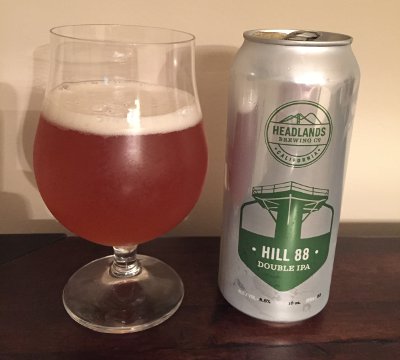
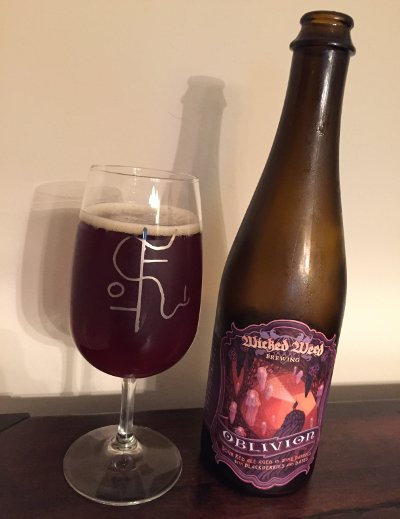

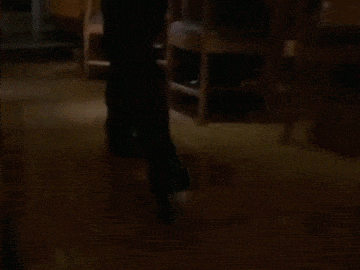
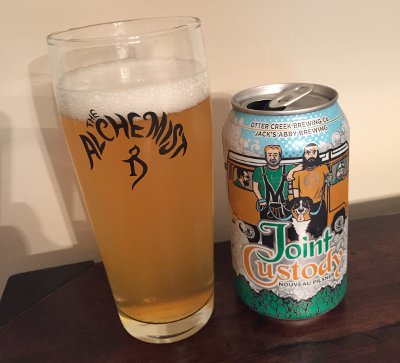
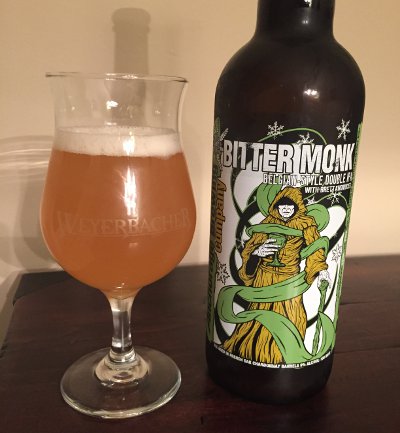

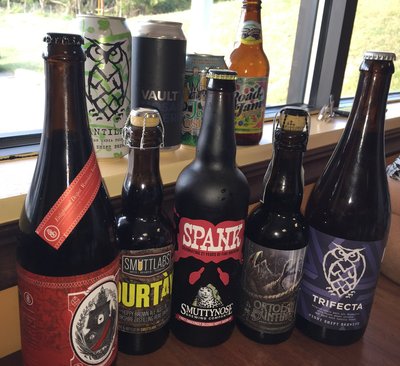
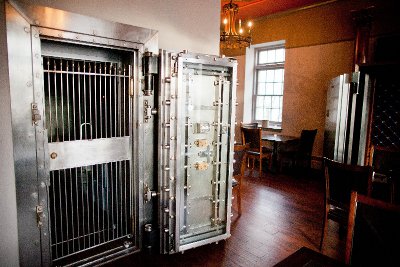
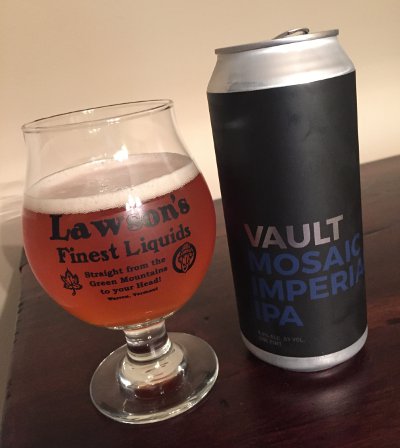




 On the first Friday of every month, there's a beer blog roundup called The Session. Someone picks a topic, and everyone blogs about it. This time around,
On the first Friday of every month, there's a beer blog roundup called The Session. Someone picks a topic, and everyone blogs about it. This time around, 